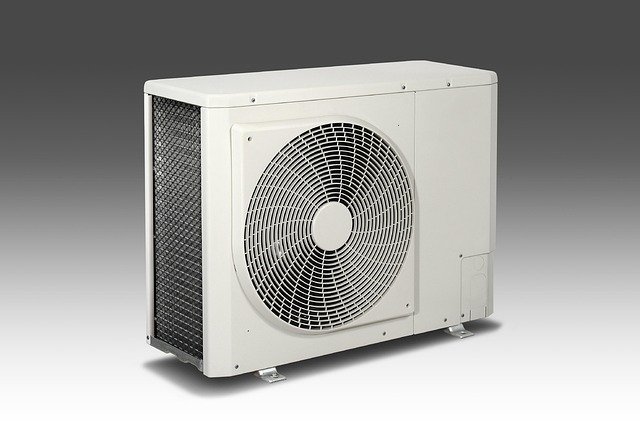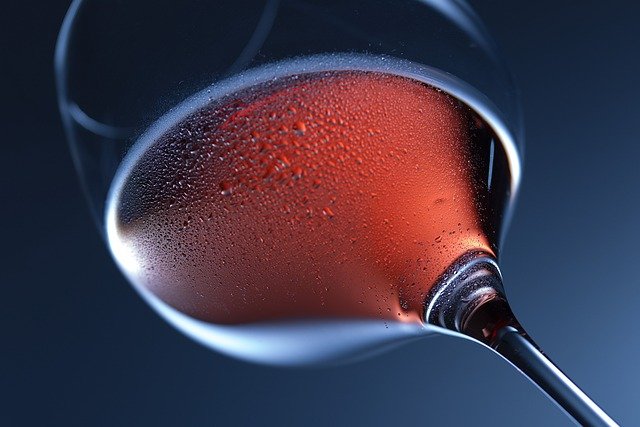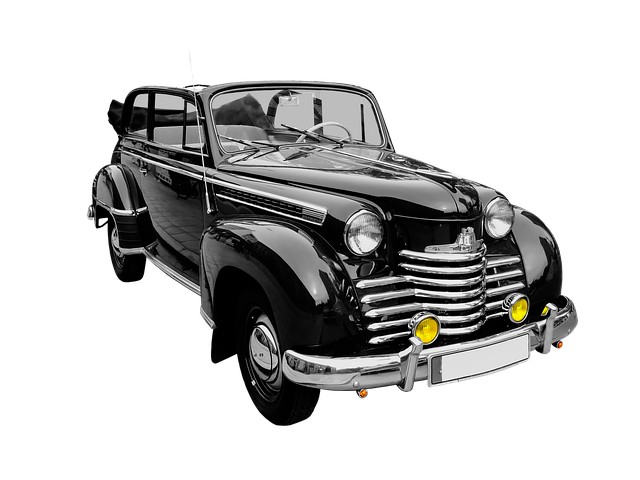Wine Room Cooling Units – Optimal Temperature Control for Your Collection
For wine enthusiasts and collectors, maintaining the perfect storage conditions is essential to preserving the quality and flavor of your prized bottles. A wine room cooling unit is the ideal solution for achieving consistent temperature and humidity levels, ensuring your collection ages gracefully. Whether you’re storing rare vintages or everyday favorites, investing in a high-quality cooling system is a must.
Why Temperature Control Matters for Wine Storage
Wine is a delicate beverage that reacts to environmental changes. Fluctuations in temperature and humidity can cause premature aging, oxidation, or even spoilage. The optimal storage temperature for most wines ranges between 55°F and 58°F (12°C to 14°C), with a relative humidity of around 60-70%. A dedicated wine and beverage cooler or cooling unit ensures these conditions remain stable year-round.
Types of Wine Room Cooling Systems
There are several types of cooling units available, each designed to suit different storage needs:
- Self-Contained Cooling Systems: Compact and easy to install, these units are ideal for small to medium-sized wine rooms.
- Split Systems: These consist of an indoor evaporator and an outdoor condenser, offering quiet operation and efficient cooling for larger collections.
- Ducted Systems: Designed for custom wine cellars, these units integrate seamlessly with existing HVAC systems.
For those who need flexible storage solutions, a wine and beverage cooler can also be a great alternative, especially for smaller collections or compact spaces.
Key Features to Look for in a Wine Cooling Unit
When selecting a cooling system for your wine room, consider the following features:
- Precise Temperature Control: Look for units with digital thermostats for accurate adjustments.
- Humidity Management: Some models include humidity control to prevent cork drying.
- Quiet Operation: Avoid vibrations that can disturb sediment in aged wines.
- Energy Efficiency: Choose Energy Star-rated models to reduce power consumption.
For those who prefer a standalone option, a wine and beverage cooler offers convenience and flexibility, allowing you to store both wine and other drinks at their ideal serving temperatures.
Installation and Maintenance Tips
Proper installation is crucial for optimal performance. Ensure your wine room is well-insulated to maintain consistent conditions. Regular maintenance, such as cleaning filters and checking refrigerant levels, will prolong the lifespan of your cooling unit. If you’re unsure about the best setup, consulting a professional can help tailor a solution to your specific needs.
For collectors who need a versatile storage option, a wine and beverage cooler provides an excellent balance of functionality and space efficiency.
Conclusion
Investing in a high-quality wine room cooling unit is essential for any serious collector. Whether you opt for a built-in system or a standalone wine and beverage cooler, maintaining the right temperature and humidity will ensure your wines remain in perfect condition for years to come. Cheers to preserving your collection the right way!



